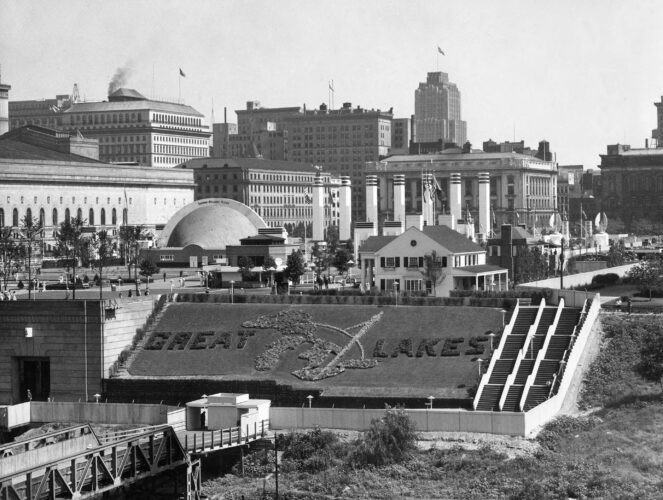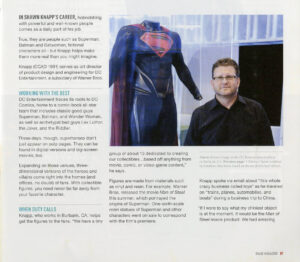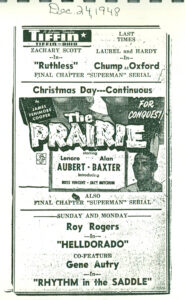Look, Up in the Sky! Superman’s Cleveland Roots

Superman is arguably the most popular comic book character in history. He has appeared in multiple television series and blockbuster movies and has sold more comic books than any other U.S. superhero. However, many people might not know that the Man of Steel was created right here in Ohio.
Jerry Siegel and Joe Shuster, Superman’s creators, met in 1932 as students at Glenville High School in Cleveland. They both loved genre fiction—Siegel wrote and self-published science fiction stories, and Shuster, a self-taught artist, often created the illustrations. The following year, Siegel and Shuster produced a short story about a superhuman villain described as a “super-man.” However, the next version of Superman was a crime-fighting hero with super

strength and bulletproof skin. Over the next couple of years, the character and his origin story gradually changed into the caped hero we know today. However, the character still wasn’t attracting the of publishers.
In 1935 Siegel and Shuster finally began to sell other stories to comics magazine publishers but were still unable to find a publisher interested in Superman. In early 1938, after looking at some Superman comic strips, publisher Jack Liebowitz asked Siegel and Shuster to create thirteen Superman pages for a new anthology called Action Comics. Although they had originally hoped to develop Superman as a syndicated comic strip, Siegel and Shuster were tired of rejections. They accepted $130 for the work and later signed a contract that transferred the copyright for Superman to Liebowitz’s company—a standard practice at the time.
Action Comics #1, featuring Superman on the cover and inside the magazine, was a runaway hit and launched the superhero genre. Lois Lane appeared in the same issue and became one of the earliest strong female characters in comics. The Daily Planet building, where Clark and Lois worked in the comics, was based on the Art Deco-style Ohio Bell Huron Road Building in

Cleveland (visible in the photo at the top of this page). The following year, Superman became the first comic character to appear outside of comics magazines (in a radio show called The Adventures of Superman) and became the first character to be given his own comic book. A 1948 live-action, serialized Superman film became the most profitable movie serial in history. Liebowitz’s company also prospered and became DC Comics.
Superman became significantly more popular—and valuable—than anyone had anticipated. Siegel and Shuster worked at DC Comics from 1938-1974; they were popular with the readers and therefore well paid. (The pair received roughly $400,000 for their work at DC—the equivalent of roughly $7 million today.) In 1947 Siegel and Shuster sued DC Comics for the rights to Superman and a spin-off character, Superboy. The court ruled that DC Comics owned Superman, but Siegel owned Superboy. Siegel and Schuster settled the Superboy issue out of court and were then fired by DC. The pair filed a second lawsuit in 1965, but lost. In 1975, Warner Brothers agreed to give Siegel and Shuster an annual payment and full medical benefits in exchange for never again contesting ownership of Superman. The pair kept their promise until Shuster’s death in 1992 and Siegel’s death four years later.
Thank you to Stephanie Michaels, Research and Catalog Services Librarian at the State Library of Ohio, for this week’s post!



Leave a Reply
You must be logged in to post a comment.